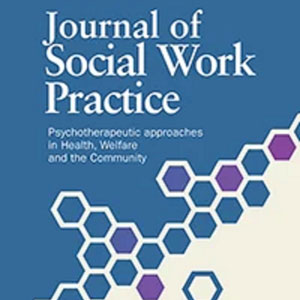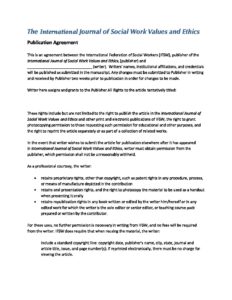

In the 1970s and 1980s child sexual abuse came to public attention and, along with the adoption of mandatory reporting laws, dramatically increased the numbers of families that were reported to child welfare authorities (Bala, 2004).

Kempe, public awareness of child physical abuse increased dramatically (Cameron et al., 2007). With the medical discovery of the “ battered child syndrome” in the 1960s by radiologist Dr. Child neglect, youth delinquency, unwed mothers and the most severe cases of physical abuse remained the focus of any child welfare interventions for the next 50 years (Bala, 2004 Oliver, 2017). In Manitoba and Saskatchewan, the first child welfare legislation was enacted 18 respectively (Dornstauer & Macknack, 2009 Hurl, 1984).ĭespite the enactment of child welfare legislation in most provinces at this time, delivery was urban-focused, and delivery of services to rural areas was left to either the family and/or churches in the area to address (Dornstauder & Macknack, 2009). Ontario became the first province in Canada in 1893 to enact legislation allowing the state to intervene in families and remove children from their caregivers, if the children were deemed to be neglected or abandoned (Bala, 2004). Members were motivated by their Christian beliefs to save these neglected and abandoned children from their current circumstances to be raised in good Christian homes (Cameron et al., 2007). The increasing numbers of neglected and abandoned children in urban settings were the focus of these movements. Keslo-founder of the first Children’s Aid Society in Toronto-were part of the Child Saving and Child Rescue movements (MacLaurin & McCormak, 2007). The development of the current child welfare system originated in urban centers. With the advent of the Industrial Revolution in the mid-19th century, the condition of children began to gain the attention of social reformers that resulted in the beginning of the child welfare system. With the spread of Christianity, the powers of the father became more circumscribed but still allowed fathers the right of “reasonable chastisement” of their children (Bala, 2004, p. This control included the right to sell his children into slavery or even put them to death. During Roman times, laws were based on the concept of patria potestas, which viewed children as the property of their fathers allowing them complete control over their children’s lives.

Intervention by the state into the family is relatively recent in Western countries. Discuss how your own values may help or hinder your ability as a child protection worker in a rural setting.Explain the principles of effective child protection practice and how these principles have unique aspects in a rural setting.Describe the history of child welfare services in Canada.Describe the theories of rural social work practice.


 0 kommentar(er)
0 kommentar(er)
